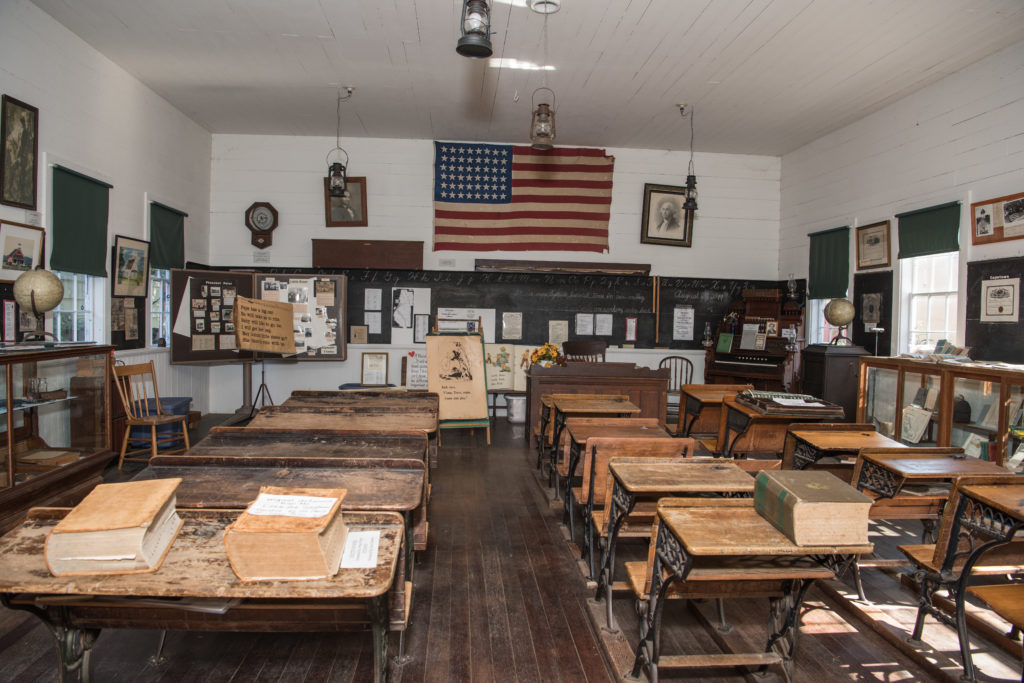
Ever wonder what it would be like to teach in the olden days?
History shows that teachers in the 1800s worked under very challenging conditions. They taught students of all ages and grade levels in a one-room schoolhouse. On cold mornings the teacher had to start a fire in the stove, with wood provided by neighbors. They also filled lamps with oil, cleaned the lamp chimneys, washed the windows, and were responsible for keeping the floors clean.
Female teachers were not allowed to marry, “keep the company of men,” dress in bright colors, “loiter” in ice cream shops, dye their hair, or wear a dress shorter than two inches above the ankle. Some school boards mandated they wear at least two petticoats.
Pensions did not exist. Teachers were expected to set aside a “goodly portion” of their earnings, so they would not be a “burden on society” in their declining years.
“It’s important for people to see how things have improved in our schools. A lot of people have worked very hard to get where we are today.”
—Karen Parlato, retired Fortuna High School teacher
Today, a few one-room schoolhouses remain in remote areas, but most have disappeared. However, one in Humboldt County is much the same as it was in the 1800s. It now serves as a museum filled with memories and memorabilia of a bygone era.
A step back in time
Entering the Centerville School Museum — or as locals call it, The Little Red Schoolhouse — is indeed like stepping back in time. It’s easy to imagine a boy dipping a girl’s braid in an inkwell, or Tom Sawyer and Becky Thatcher sharing a double wooden desk and whispering.
The historical building once housed the Centerville School located four miles west of Ferndale. It was built in 1880 and operated as a school for seven decades. In 1952, it was moved to the Humboldt County Fairgrounds in Ferndale. During the Humboldt County Fair in August, the schoolhouse is open daily with retired teachers acting as docents. It is also open upon request during the rest of the year.
The museum exists thanks to the efforts of C.J. Hindley, former Humboldt County Fair manager, and Alice Lawry Hansen and Dora Damon. Hansen taught at the Centerville school from 1925 to 1939, and Damon was a teacher in the Eel River Valley at oneroom schools including Bunker Hill, Cannibal Island, and Coffee Creek schools from 1918 until 1942. At the request of Hindley, the teachers undertook the task of restoring the building as a typical old-time school.
Inside are desks from that period, a potbellied stove, oil lanterns (now converted to electricity), phonics charts, old lessons and dictionaries. There is a recitation bench, an old organ and bench, an authentic teacher’s desk and chair, a teacher’s examination books, display cases, and much more, including postings of strict rules teachers had to follow and even the number of “lashings” for student offenses, since corporal punishment was allowed.
(Fighting could get a student five lashes; arriving at school with dirty face and hands, two; swearing, eight; gambling at school, four.)
The schoolhouse measures 44 by 25 feet with a 12-foot ceiling. Not all of the furnishings and decorations are from the time it was operational, but they are from the same era and vicinity. There’s even an old washstand and a coat closet with lunch boxes from that period. The windows are original; the casings were replaced and repainted, and then the windows were rehung.
Many of the lessons are written in cursive, which is becoming a lost art. There are pictures on the wall of former students — and former students attending reunions as adults. There are also numerous photos of schools and students throughout Humboldt County. Many students during this time period only went as far as eighth grade; after that they went to work.
The first person to teach in the present building was Sarah A. Locke, whose salary was $70 a month. There were eight boys and 13 girls in the school, she reports. Unlike the dwelling it replaced, the schoolhouse had running water. However, students used outhouses.
Locke taught there until 1887. Her replacement, E. McMeehan, was paid $76.05 a month, earning a higher wage because he was a man. He was replaced in 1889 by Margaret Richmond, whose salary returned to $70 per month.
One-room schoolhouses typically had male teachers in the beginning. Then westward expansion led to a teacher shortage and women were hired, usually at lower rates. Male teachers were allowed to marry but were not allowed to be shaved in a barbershop, which was considered “unseemly” behavior.
Retired CTA members preserve the past
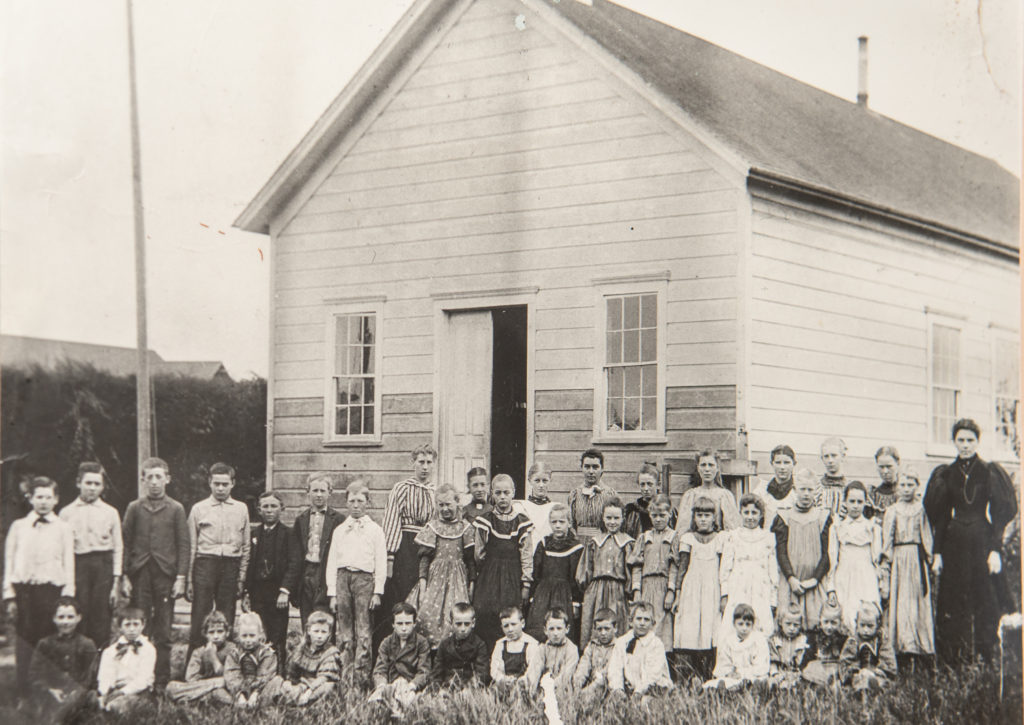
Several years ago, the Humboldt County Fair Board of Directors asked the North Coast Division of the California Retired Teachers Association (not affiliated with CTA or CTA/NEA-Retired) to take over The Little Red Schoolhouse. Presently overseeing the project are Karen Parlato, a Fortuna Union High School Teachers Association retiree, and Pam Zana, a retired member of the Scotia Teachers Association. The duo conduct tours and fundraise through grant writing and fostering community support. They both feel strongly that important lessons can be learned from understanding how schools, students and education have evolved.
“It’s important for people to see how things have improved in our schools,” says Parlato, who taught PE at Fortuna High School before retiring in 2014“ A lot of people have worked very hard to get where we are today. The teachers union has certainly helped.”
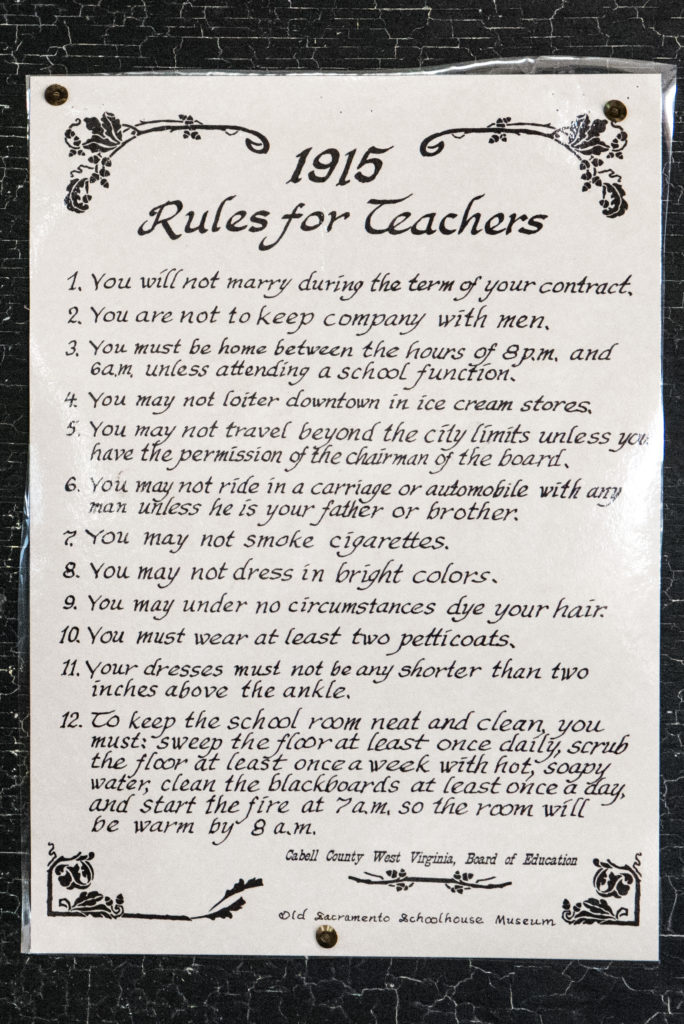
Today’s students love visiting the old schoolhouse, says Parlato, who enjoys dressing the part in an outfit she sewed herself. “They are amazed at how things used to be, and they enjoy sitting in the old desk. They can’t believe that schools functioned without technology, students wrote in cursive, and all grade levels sat and learned together.”
Zana says senior citizens also love the tours, and sometimes experience nostalgia. Often, they will remember how well-behaved students were in the past.
“They had to be good — or else,” laughs Zana, who taught at Scotia Elementary School before her retirement in 2010. “Usually there were at least two or three siblings in the school, so besides getting in trouble from the teacher they knew their parents would hear about it from their brother or sister.”
Zana hopes that new retired teachers will continue to be interested in this worthwhile project to preserve the past and teach others how schooling has evolved.
“It is an extremely rewarding and a wonderful way to stay involved in education after retiring.”
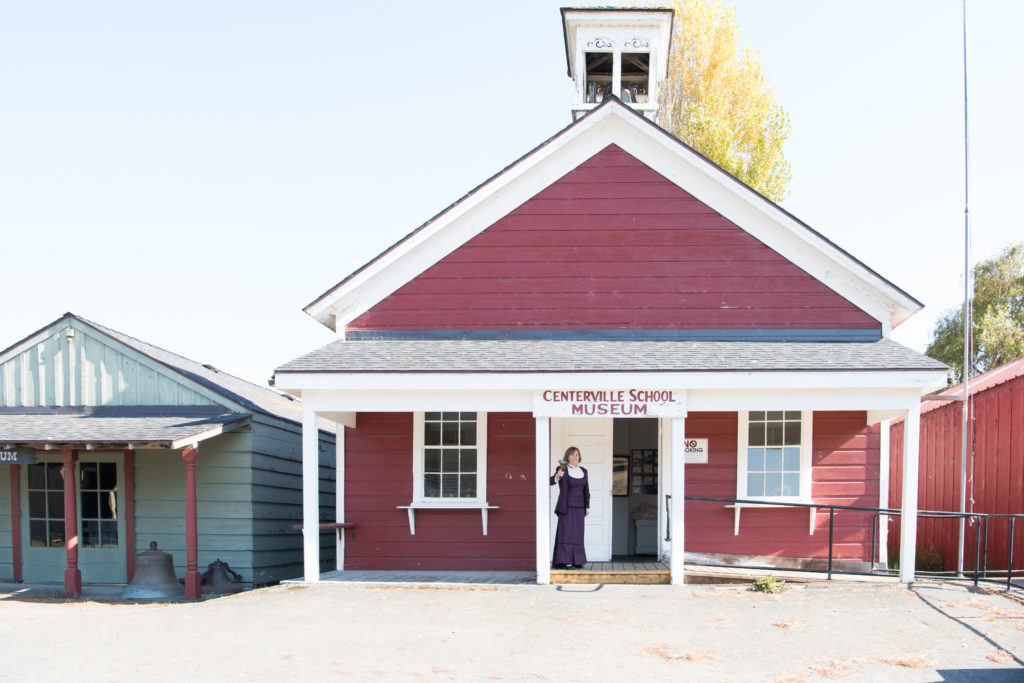
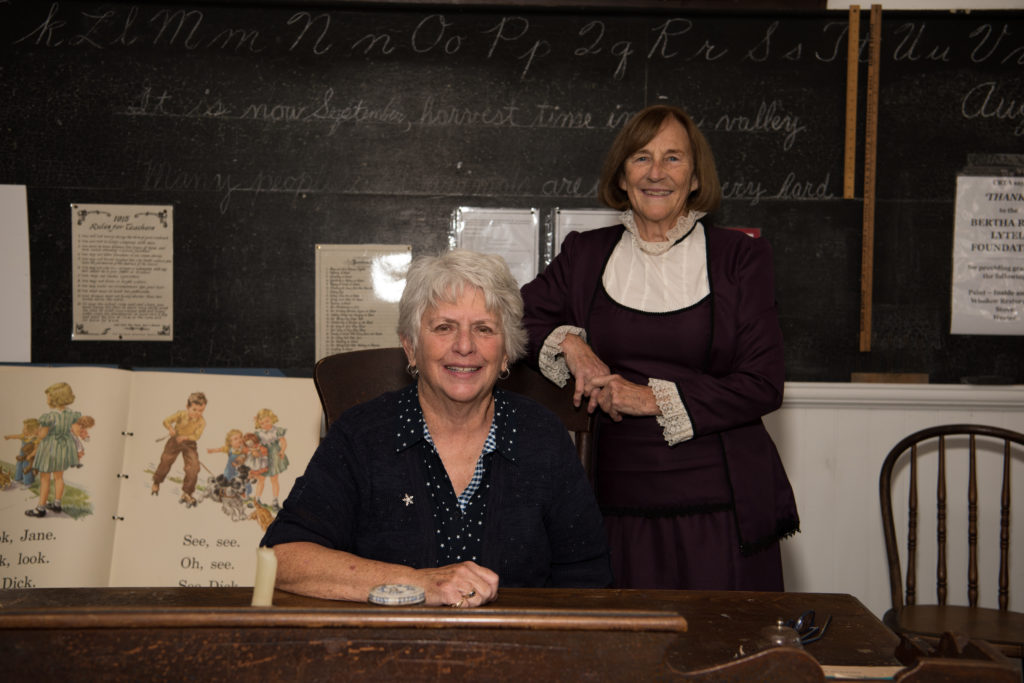
The Discussion 0 comments Post a Comment